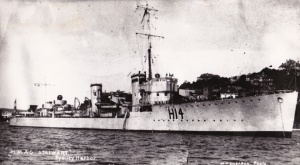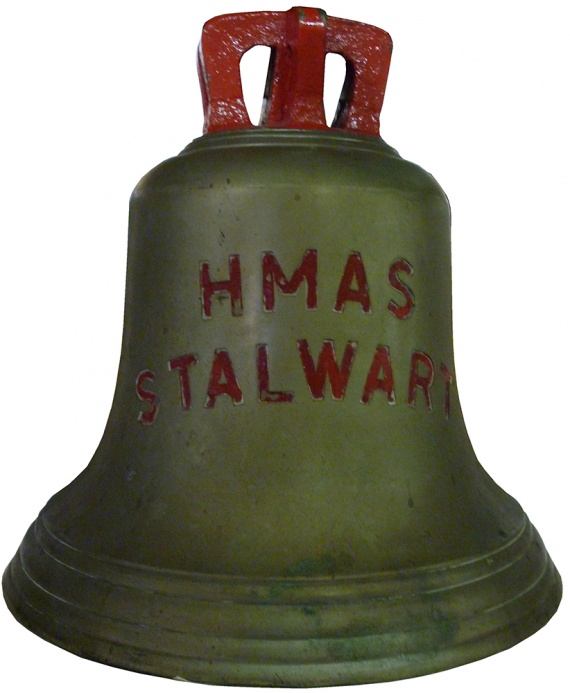HMAS Stalwart (I)
| Class |
S Class |
|---|---|
| Type |
Destroyer |
| Pennant |
H14 |
| Builder |
Swan, Hunter & Wigham Richardson Ltd, Wallsend-on-Tyne, England |
| Laid Down |
1 April 1918 |
| Launched |
23 October 1918 |
| Commissioned |
27 January 1920 |
| Decommissioned |
01 December 1925 |
| Fate |
Sold on 4 June 1937 and broken up |
| Dimensions & Displacement | |
| Displacement | 1075 tons |
| Length | 276 feet |
| Beam | 26 feet 9 inches |
| Draught | 10 feet 10 inches |
| Performance | |
| Speed | 31 knots |
| Complement | |
| Crew | 90 |
| Propulsion | |
| Machinery | Brown-Curtis geared turbines, 2 screws |
| Horsepower | 27000 shp |
| Armament | |
| Guns |
|
| Torpedoes | 4 x 21-inch torpedo tubes in 2 twin deck mountings |
| Other Armament |
|
Stalwart was one of 55 S Class destroyers built for the British Admiralty under the Emergency Shipbuilding Program of World War I. She commissioned into the Royal Navy (RN) as HMS Stalwart in April 1919. She was not long in commission, however, when she and her sister ships Success, Swordsman, Tasmania and Tattoo, along with the flotilla leader, Anzac, were gifted to the Royal Australian Navy (RAN) as replacements for the RAN’s obsolete River Class destroyers.
She recommissioned into the RAN as HMAS Stalwart at Devonport on 27 January 1920, under the command of Lieutenant FL Cavaye, RN. She sailed for Australia on 26 February in company with Anzac, but due to a damaged propeller blade Anzac had to detach and return to Plymouth. Stalwart arrived in Sydney on 29 April via Gibraltar, Malta, Port Said, Suez, Aden, Bombay, Colombo (where Anzac caught up to her), Singapore, Surabaya and Thursday Island.
Post-war cuts to defence spending saw a number of RAN vessels decommissioned. Stalwart was the only one of the S Class destroyers not to be temporarily decommissioned in the early 1920s. However, she was the first of the S Class to decommission permanently on 1 December 1925. She made one visit to New Guinea in June-July 1924 and spent the rest of her sea-going career in Australian waters. She remained in reserve after decommissioning until she was eventually sold for breaking up on 4 June 1937.









